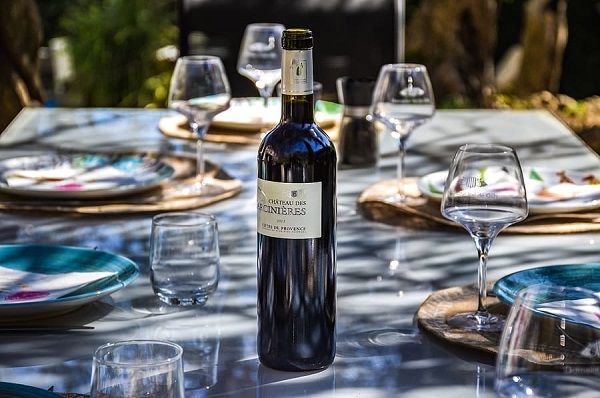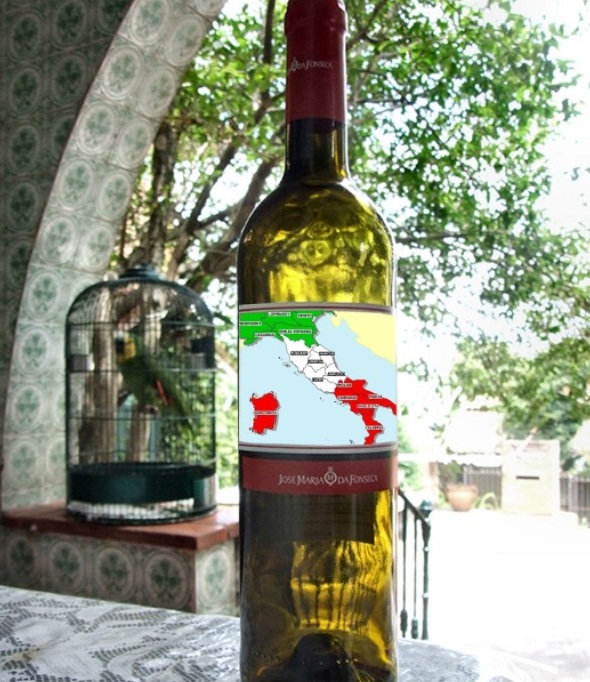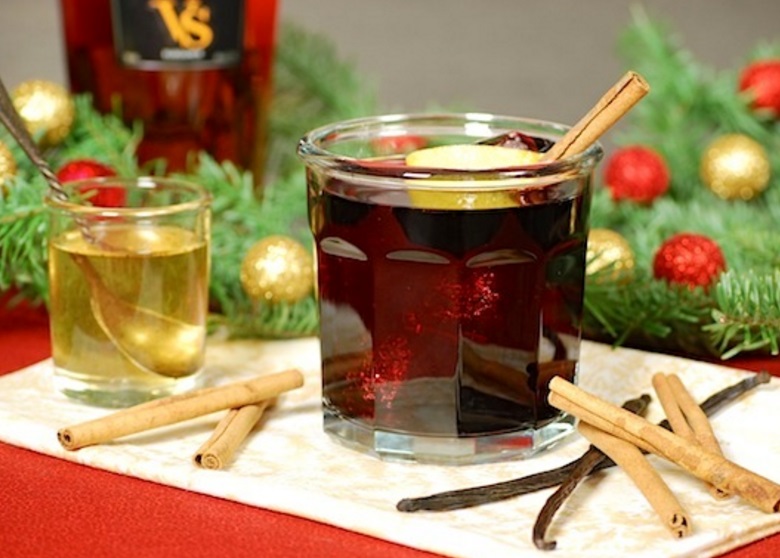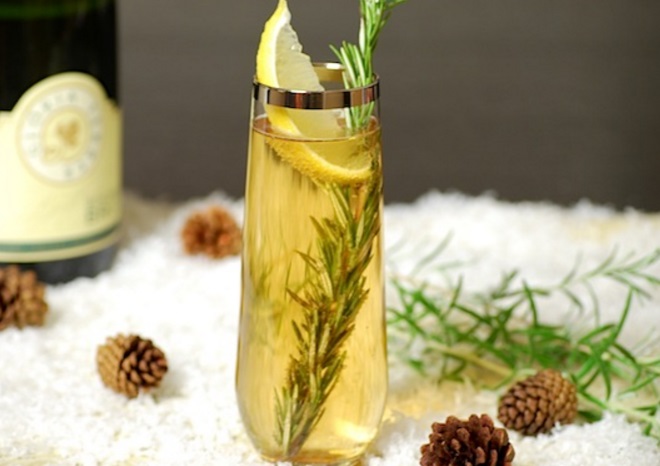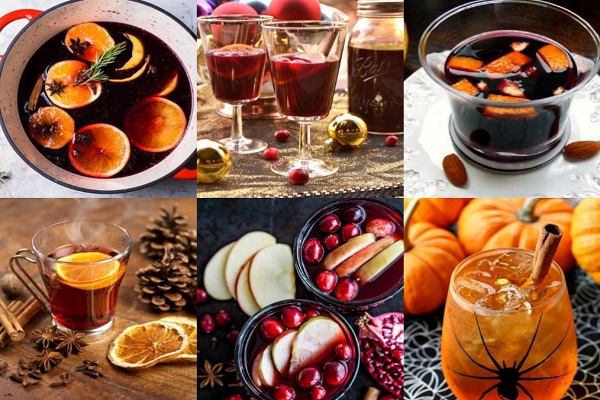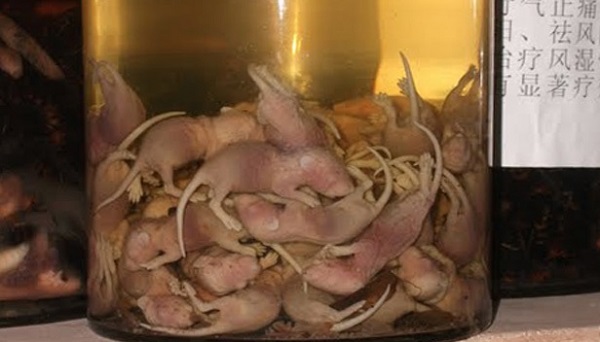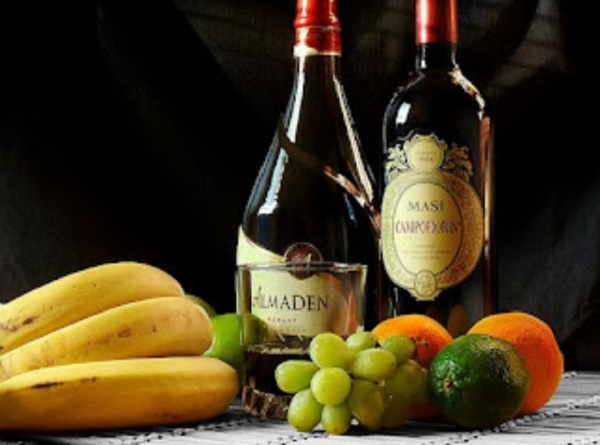
Some of these myths about wine on this list have been around since the days of Rome when people would literally bathe in wine. But this is modern times, so why are these myths still believed by people? The honest answer is that some of them are easily believable, but simply not true. Believe them or not, that is up to you, but these ten are all myths and nothing more…
Fruit used to describe wine went into making it
Unless you are buying a wine made from a fruit other than grapes, it is made from the grape varietal on the label, and not from the fruit used to describe it (e.g., black cherry, strawberry, kiwi). It’s comparable to artificial flavours, i.e. they taste similar to whatever is being copied but do not contain the actual ingredient. So when you see, “hints of raspberry, cherry, and vanilla” on the label, the producer is simply describing how the wine tastes similar to these components, they weren’t actually used in the production of the wine.
You need a different wine glass for different types of wines
Again, this is a myth that was debunked a long time ago. You do need a tulip-shaped glass or a glass that tapers towards the top to concentrate the aroma toward your nose, but, different shapes to place wine on your tongue in different areas or to aerate the wine faster aren’t necessary. Get yourself a nice set of stemware (Riedel Ouverture Red Wine, Zinfandel or these Riedel O Stemless) and save the space in your cupboard.
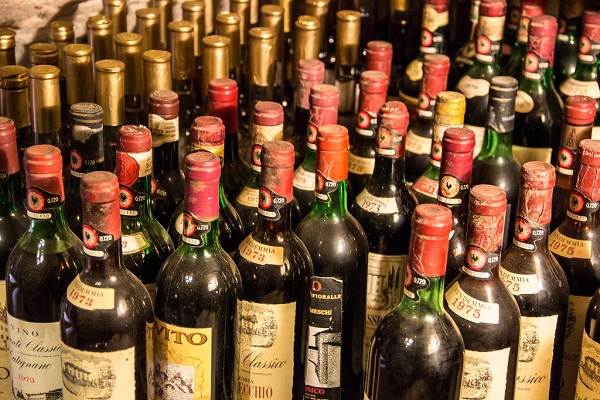
You can’t age wines sealed with an alternative closure
In fact, the data shows that screw caps, or twist-offs as they are sometimes called, are more consistent at sealing wine than cork. One study, cited in the March 31, 2005 issue of Wine Spectator on pages 59-60, found that screw caps allowed .001 cc’s of oxygen per day on average, versus corks that allowed anywhere from to .1 to .001 cc’s of air to enter a wine bottle. In fact, 7 of the 35 bottles sealed with cork allowed .1 cc’s! That means twist-offs are more consistent and let in less oxygen over time, which would result in longer bottle ageing. The cork industry would like to have you believe otherwise, but don’t buy it, screw caps are here to stay and you won’t have a problem letting these wines age.
Bordeaux, Burgundy, Champagne, Sherry, and Port are grape varieties
Thanks to a confusing labelling system from the old world this is a common mistake wine consumers make. Cities in France, Spain, Italy, and Portugal, among others, restrict the production of grape varieties in their area. For a winery to receive legal approval and label its wine, it must be made in the manner mandated by the organization that oversees production there. That means Champagne is not a variety of wine, but the place where some sparkling wine is made. Want to make a non-sparkling wine in the Champagne region from say, Cabernet Sauvignon, and write that on the label? You can’t. Same with Bordeaux, which is a blend of different red varietal grapes, Burgundy, which is primarily made from Pinot Noir, and Port, which is made from various red and white grape varieties.
Pair white wine with fish or chicken and red wine with red meat
At Zeer Although this is the most common answer to ‘what wine should I pair with what food,’ it is incorrect. The better way to pair food and wine is by analyzing the flavours of the food and the flavours of the wine. For example, if you are grilling fish and decide to season it with a little salt, lemon, and butter, a nice Sauvignon Blanc with citrus notes or a Chardonnay with buttery flavours would work great. If, however, it’s salmon that will be smothered in a blackberry sauce, you would be better suited in choosing a fruity red wine like a Pinot Noir, Merlot, or even a Syrah. The best thing to do is read the description of the wine from the label or a review on a blog and then pair like with like. It’s also helpful to understand that wines with firm tannins work better with salty dishes, or that acidic wines need a dish with a bit of acid, or that spicy food works better with wines with some residual sugar and not a high alcohol level. Just remember there are no hard and fast rules to this. Dr Vino has been playing with impossible pairings for some time so search out advice if you get stumped, it’s available.
Wine lovers are snobs
Serious wine lovers are students of it and are quite down to earth. It’s the people that mask their ignorance with the arrogance you have to watch out for. True wine lovers are passionate about continuing their wine education and are willing to share their knowledge and glass with anyone interested. In fact, anyone can become a Sommelier these days as there is plenty of websites that help train you.
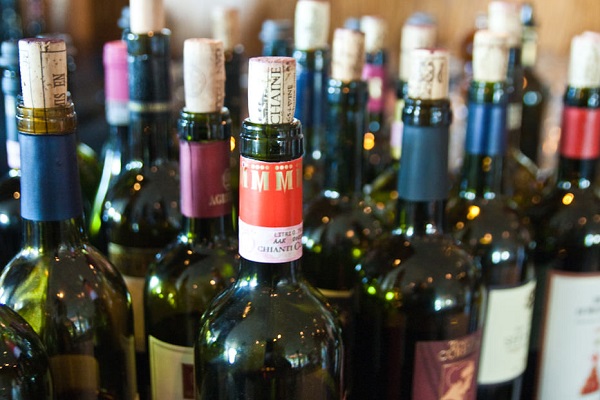
You can discern wine quality by looking at the legs
You swirl your glass, set it down and notice that a thin, clear layer has stuck to the inside of the glass, and begins to drip down. Sometimes referred to as tears, this is simply a small amount of alcohol and water that adheres to the surface of the glass and as the alcohol evaporates water is left dripping its way back in. Why? Water is a primary component in wine and the alcohol evaporates much quicker, so when left on the glass, the alcohol evaporates and the surface tension of the water increases forming drops that gravity takes control of. This is not a measure of the viscosity or the quality of the wine so don’t worry about it. Further reading on this phenomenon can be found here [kitchensavy.com] and on Wikipedia.
Drink Red Wine At Room Temperature, White Wine Chilled
Although this idea isn’t necessarily wrong, its interpretation almost always is. Many see this as letting a red wine sit out on the counter so it can come to the current room temperature, and opening white wine right out of the fridge. The real idea behind room temperature for red wine was getting it to around 60 degrees Fahrenheit, the typical temperature of a “room” when this saying was popularized. Many professionals agree, that the best way to enjoy wine if you don’t have the luxury of a temperature-controlled storage device, is to put your red wines in the fridge for about 5 – 15 minutes before consuming, white wines about 20 – 30 minutes. If you store your wine in the fridge, take the whites out for at least 15 minutes before serving, reds at least 30. Again, it isn’t an exact science, but typically you’re looking for around 60 degrees Fahrenheit on a red, a little below that for a white, and a bit colder for anything that sparkles. Some argue that nuances aren’t observed in white wines that are too cold, which is true. I find that if you chill your wines, over the course of the evening they will warm up and you can observe the development through the night. Professor Bainbridge expands on the subject a bit at the bottom of this op-ed The Red Wines of Summer.
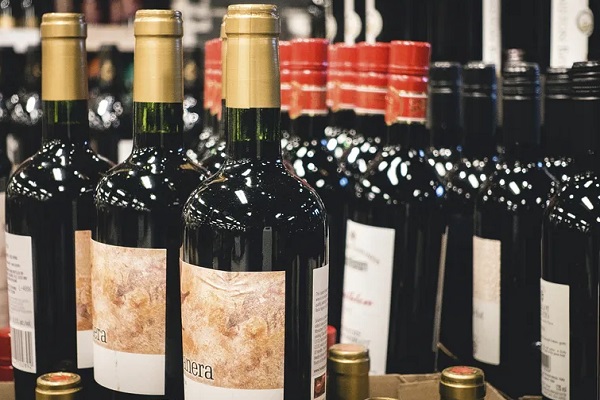
All wines get better with age
Actually, a very small number of wines have the proper structure to hold up to ageing. Most wines are made with the intention that they will be opened within a few years. The small number of trophy wines that garner the majority of the press are the ones that have been built for longer ageing, and most people don’t even buy these wines. So if you’ve been saving that white Zinfandel from 10 years ago because you think it’s getting better, might want to cut your losses now. (Can you say Re-gift?)
Smelling the cork in a restaurant will tell you if the wine is bad
Cork’s smell like….well, cork, and won’t give you an indication of the quality of the wine. It’s the wine that you want to smell, the cork is only offered to you for a quick examination. So what should you be looking for when the waiter hands you the cork? If you’re buying an expensive bottle the biggest thing you want to avoid is a fraud, and if you’re at a reputable restaurant, they’re going to be buying from reputable sources, but again, this is just a precaution. Does the winery’s name, logo, or other branding information appear on the cork? Has the cork been damaged, compromised, or allowed seepage in any way? If it is a more expensive bottle, does the year stamped on the cork match the vintage of the wine?
Do you know of any other myths about wine that are simply not true? Do let us know in the comments below and let’s put those saying them on the right path.
